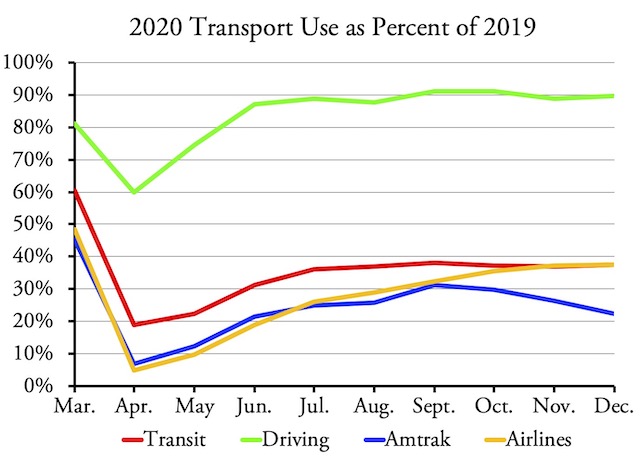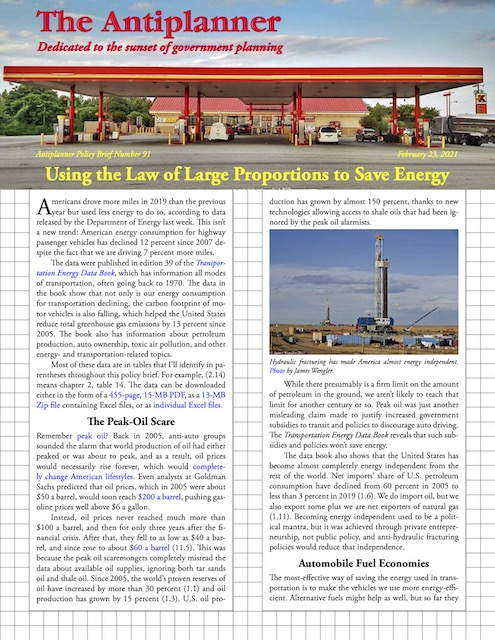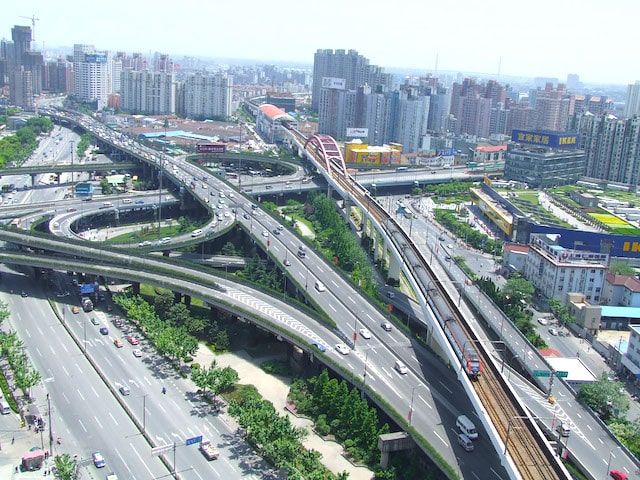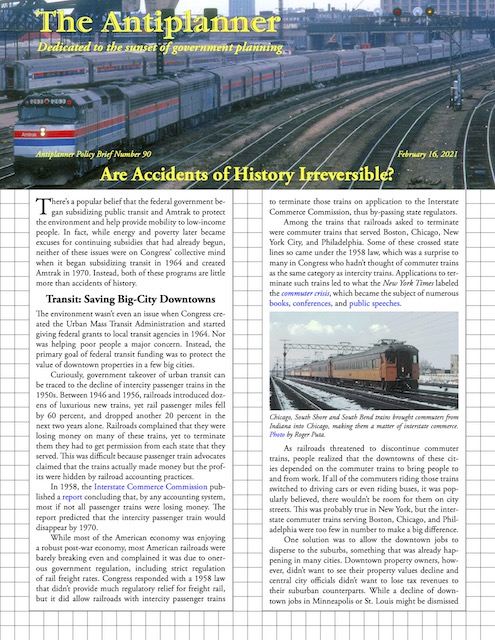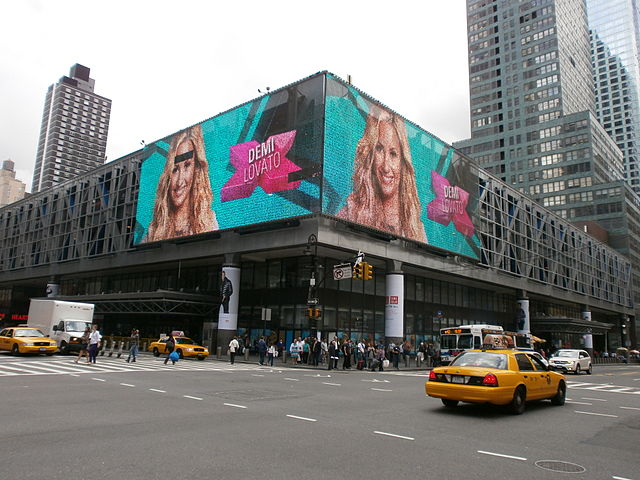The $1.9 trillion COVID relief bill passed by the House of Representatives last week would give public transit more money than any other form of transportation: $30 billion. Airports and airlines, which before the pandemic moved 14 times as many passenger miles as transit, would receive $23 billion if the bill is approved by the Senate.
Amtrak, which is even more trivial than transit, would get $1.8 billion, some of which would be dedicated to restoring long-distance trains to daily service and some of which is to pay for state-supported trains under the probably fallacious assumption that the states can’t afford to do so during the pandemic. In 2019, Amtrak carried about 10 percent as many passenger-miles as transit.
If the last few months of 2020 are an indication of what will happen in 2021, then the airlines will carry 450 billion fewer passenger-miles than in 2019; transit 34 billion fewer; and Amtrak 4.5 billion fewer. The subsidies per each passenger-mile they won’t be carrying amount to 5 cents for the airlines, 40 cents for Amtrak, and 88 cents for transit. Of course, subsidizing someone for not doing something is ridiculous, but only typical for Congress. Continue reading

